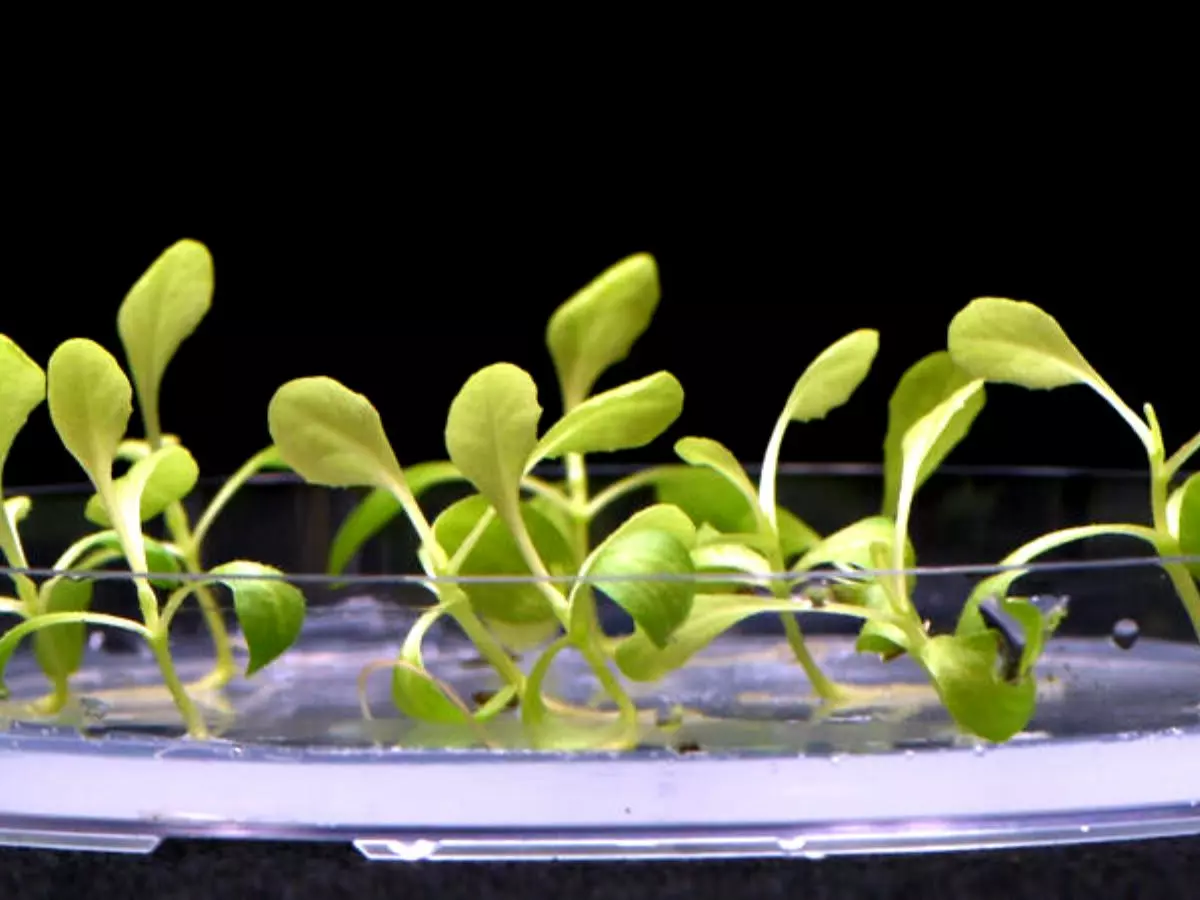Artificial Photosynthesis Can Grow Food Without Sunlight While Preserving Nutrients
Experiments revealed that a wide range of food-producing organisms could grow in the dark using the acetate-rich electrolyser. This included yeast, algae and fungal mycelium. In fact, algae was able to grow four times more efficiently than photosynthesis. Yeast production was 18-fold more energy-efficient than conventional methods.

We¡¯ve all learned since high school that photosynthesis is the process that allows plants to turn water, carbon dioxide and sunlight to grow and turn into the food we consume.
 Unsplash
Unsplash
Also Read: Rising CO2 Pollution Isn't Just Warming The Planet, It's Making Our Crops Less Nutritious
However, what many might not know, is that the process of photosynthesis is extremely inefficient -- around only one percent of energy found in sunlight ends up in the plant.
Scientists at UC Riverside and the University of Delaware have found a way to bypass the need for biological photosynthesis completely and create food independent of sunlight using artificial photosynthesis.
The novel method makes use of a two-step electrocatalytic process to transform carbon dioxide, electricity and water into acetate. Food organisms then consume acetate in the dark to grow.
Fusing this with solar panels to generate the electricity to power the electrocatalysis, the hybrid system allows boosting conversion efficiency of sunlight into food up to 18 times more in some foods.
In order to put everything together, the output of the electrolyser -- a device that uses electricity to turn raw materials into useful molecules and products -- was optimised to support the growth of food-producing organisms.
The amount of acetate produced went up while the amount of salt use was reduced, resulting in the highest levels of acetate ever produced in an electrolyser to date. According to the researchers, such high sensitivity results cannot be achieved through conventional CO2 electrolysis methods.
Experiments revealed that a wide range of food-producing organisms could grow in the dark using the acetate-rich electrolyser. This included yeast, algae and fungal mycelium. In fact, algae were able to grow four times more efficiently than photosynthesis. Yeast production was 18-fold more energy-efficient than conventional methods.
 UCR
UCR
Also Read: This Startup Built An AI-Based Grain Analyser That Will Tell Farmers Exact Quality Of The Crop
Researchers also tested out the method¡¯s potential to grow crops including cowpea, tomato, tobacco, canola, green pea, and rice and all were able to utilise carbon from acetate when grown in the dark.
The novel food production technique was also submitted to NASA¡¯s Deep Space Food Challenge where it won in Phase I.
Robert Jinkerson, a UC Riverside assistant professor of chemical and environmental engineering, who led the study, explained, ¡°Using artificial photosynthesis approaches to produce food could be a paradigm shift for how we feed people. By increasing the efficiency of food production, less land is needed, lessening the impact agriculture has on the environment. And for agriculture in non-traditional environments, like outer space, the increased energy efficiency could help feed more crew members with fewer inputs.¡±
For more in the world of technology and science, keep reading Indiatimes.com
